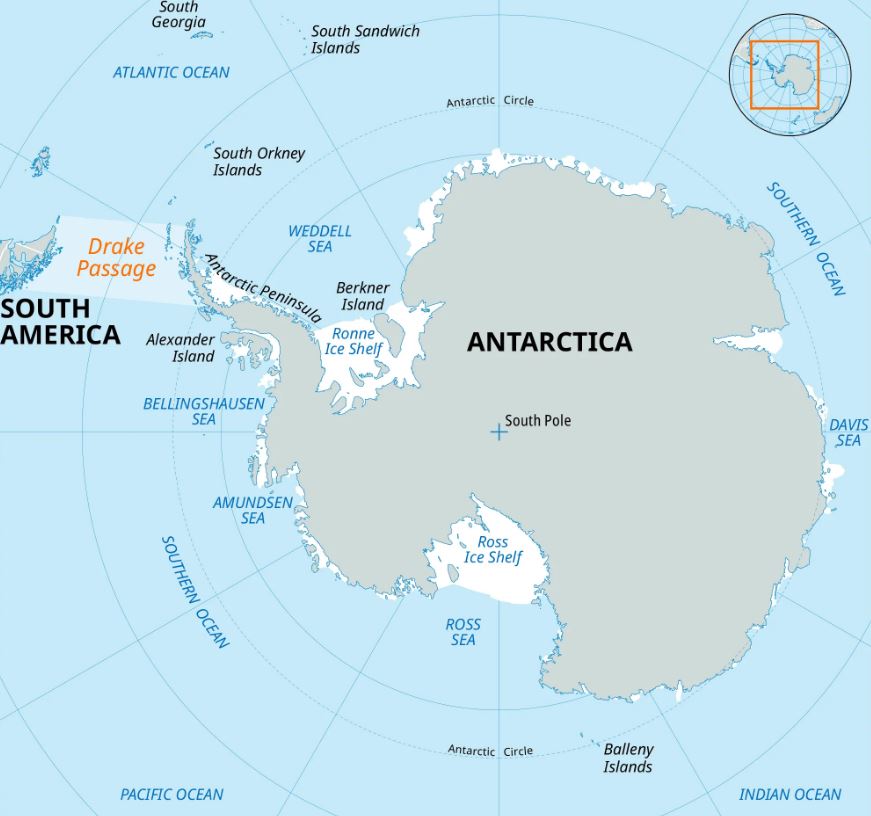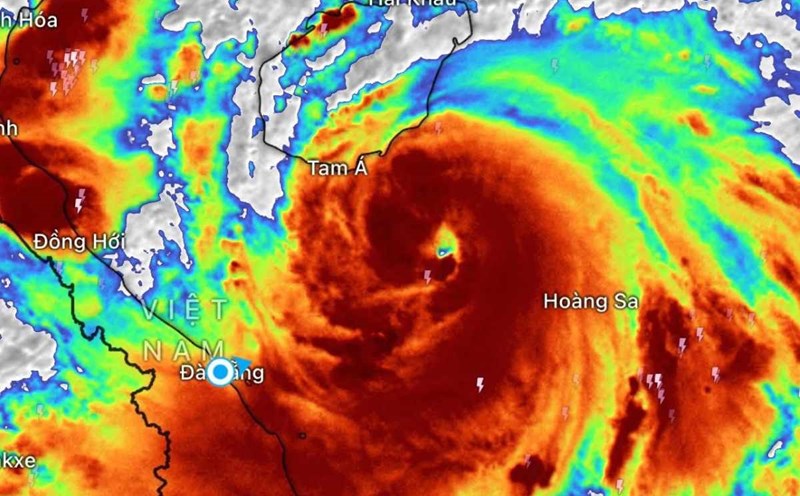On the morning of August 22, 2025, a 7.5 Richter earthquake rocked the Drake Passage - a famous fierce route connecting the Atlantic and Pacific.
The earthquake was recorded at a depth of 36km, more than 700km from Ushuaia (Argentina). The severe shaking caused scientists and maritime authorities to immediately issue Tsunami warnings to some of Chile's southernmost bases. Fortunately, the Pacific God wave warning center later confirmed that there was no risk of spreading.
Although it has little direct impact on people due to remote areas, this event once again reminds the world about the instability of the sea area known as "the most fierce on the planet".
Drake Passage is about 965km wide, located between the Horne Strait (South America) and the South Shetland Islands (near the South pole). Since the 16th century, this place has been famous for waves up to 25m high, strong storm surges and whirlwinds. Sailors call it a Drake Shake - the feeling of a ship being thrown roaming for 48 hours across the Strait.

Even modern research vessels will find it difficult to maintain balance. In 2024, oceanologist Karen Heywood said her team had to use a mat on the dining table to prevent the plate from sliding over the strong waves.
Drake Passage, which was once endangered due to harsh weather, is now facing complex seismic activity. The recent 7.5 degree richter earthquake, although not causing a major song, shows that the South Atlantic has unpredictable potential risks. Just a difference in the depth or location of the target, the scenario of a Tsunami could completely threaten the southernmost bases and international shipping routes.
Despite being a "nightmare" for crew members, Drake Passage plays a strategic role in climate regulation. The ocean flows here help exchange deep water layers and sea surface, promoting the ocean to absorb about 30% of the CO2 emissions from humans each year. Millions of years ago, the opening of the Drake Strait isolated the South pole with warm ocean waves, leading to the formation of a giant ice age.
Therefore, every earthquake or meteorological change here has a chain impact on the ocean circulation and global climate change.
The 7.5-degree richter in the Drake Passage did not cause an immediate disaster, but it is a clear reminder that the most intense sea area on the planet is always full of earthquake, Tsunami and impacts far beyond its geographical range.











